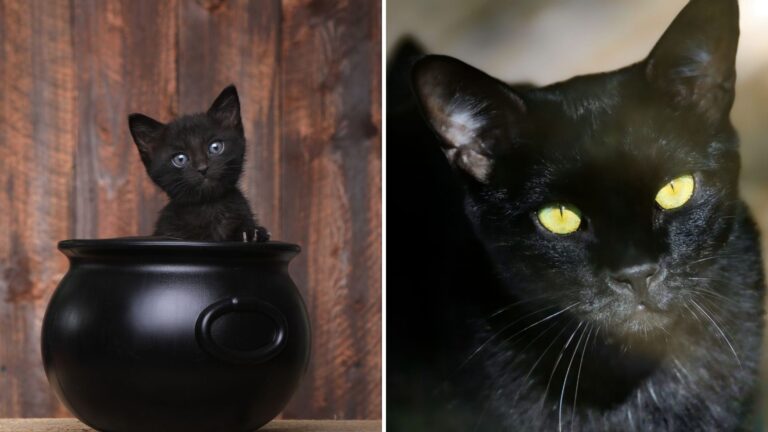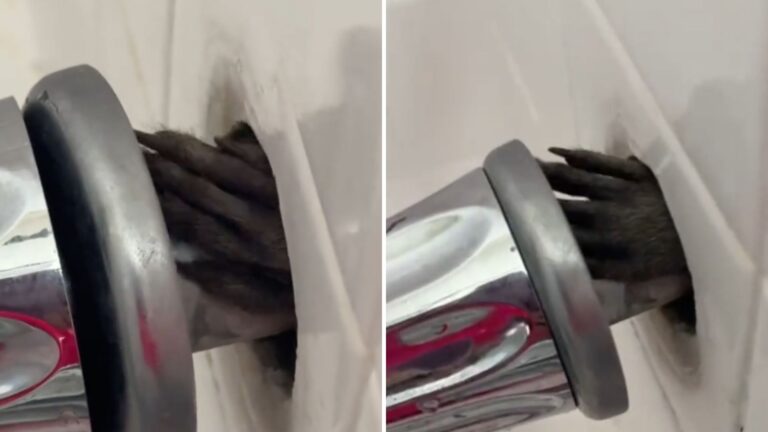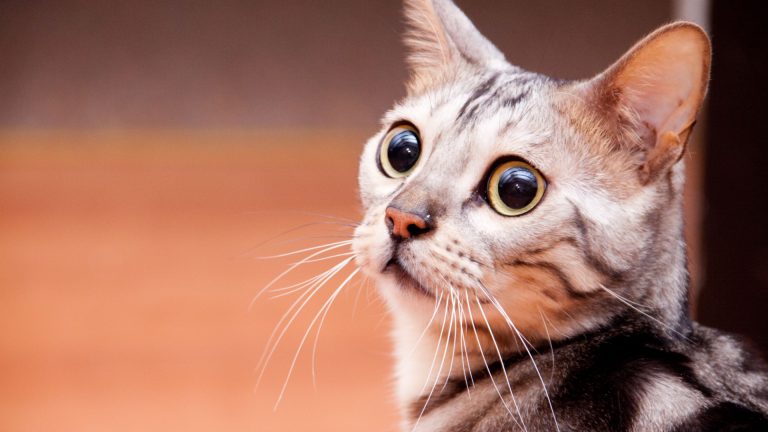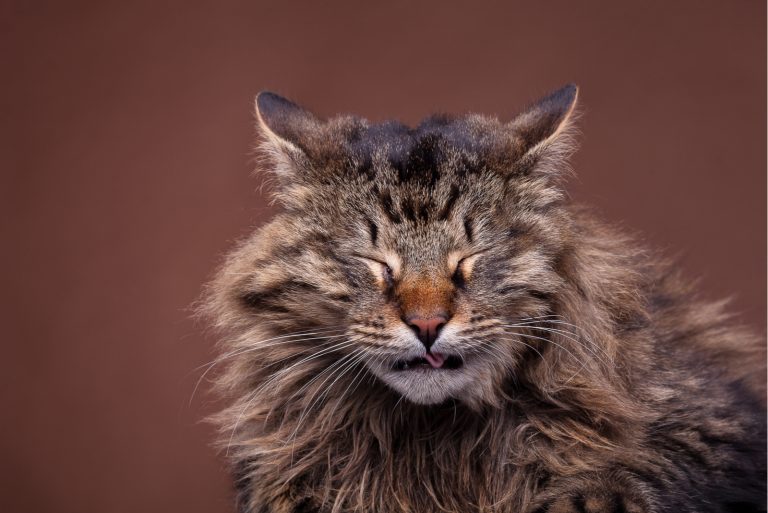Colorado Rabbits Infected With Virus Develop Strange Tentacle-Like Growths

On the outskirts of Fort Collins, Colorado, residents have been startled by an unusual sight: wild rabbits hopping through fields with eerie, horn-like growths sprouting from their faces.
At first glance, they resemble something from folklore, like a mash-up between a jackalope myth and a Halloween creature. Social media quickly dubbed them Frankenstein rabbits, but the real story is stranger and more fascinating than fiction.

The bizarre protrusions are not horns or tentacles at all. They are caused by a virus that has been known to science for nearly a century.
Known as Shope papillomavirus, the pathogen infects cottontail rabbits and produces keratinized growths on the head, mouth, and even neck. Under certain light, the black, twisted shapes can look like creeping tentacles.
While their appearance is shocking, wildlife experts emphasize that the virus only affects rabbits. It cannot be transmitted to humans or other pets.

The virus has a curious history. In the 1930s, virologist Richard Shope studied cottontail rabbits in the Midwest that developed similar horn-like tumors. His research helped scientists understand papillomaviruses and how some viruses can trigger cancers.
The Shope papillomavirus became a textbook example in virology and cancer research. Seeing it appear again in Colorado highlights that long history and shows how wildlife diseases can persist quietly in nature for decades.
For the rabbits themselves, the effects of the virus vary. Some can live with the growths without major problems and eventually shed them as their immune systems fight the infection. Others are not so fortunate.

When the keratinized masses appear near the mouth or eyes, they can obstruct vision, make eating difficult, or leave the rabbit vulnerable to predators. In these cases, the grotesque appearance is more than cosmetic; it is a matter of survival.
Wildlife officials suspect that insects, including mosquitoes, ticks, or fleas, help spread the virus from rabbit to rabbit.
This is why cases often increase in the warmer months when insects are most active. Seasonal changes in rabbit behavior, such as mating or digging, may also contribute to transmission.

It is unclear whether there has been a true surge in Colorado or if more people are simply sharing sightings online. What is certain is that the unusual rabbits are attracting attention.
Experts advise anyone who encounters one to keep their distance. Approaching or attempting to help can stress the animal and may unintentionally spread the virus to other rabbits.
Colorado Parks and Wildlife continues to monitor the situation and encourages people to observe but not intervene.

The strange appearance of these rabbits has sparked plenty of conversation beyond the scientific community. Locals share stories of spotting the horned creatures. Children whisper about jackalopes brought to life.
Photographers venture out with long lenses, hoping to catch a glimpse. In many ways, these Frankenstein rabbits blur the line between myth and reality, reminding us that nature often surpasses our imagination.

Despite their unsettling look, these rabbits are not monsters. They are victims of a peculiar virus, illustrating how complex, fragile, and interconnected life can be.
In the haunting silhouettes of these rabbits against the Colorado plains, there is a story of science, resilience, and the unexpected ways nature surprises us.
Their presence reminds us that even the most bizarre discoveries in the wild have explanations rooted in biology, and that curiosity and careful observation help us appreciate the extraordinary world around us.






